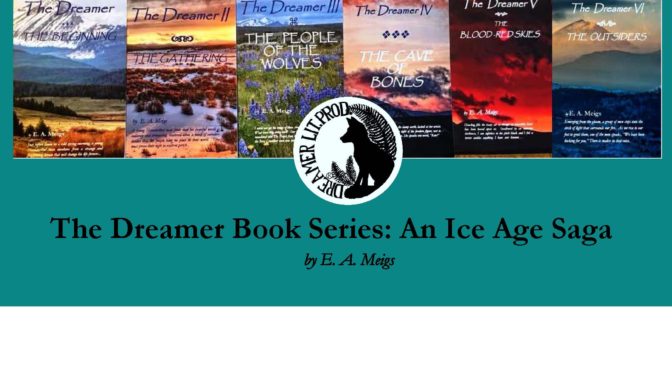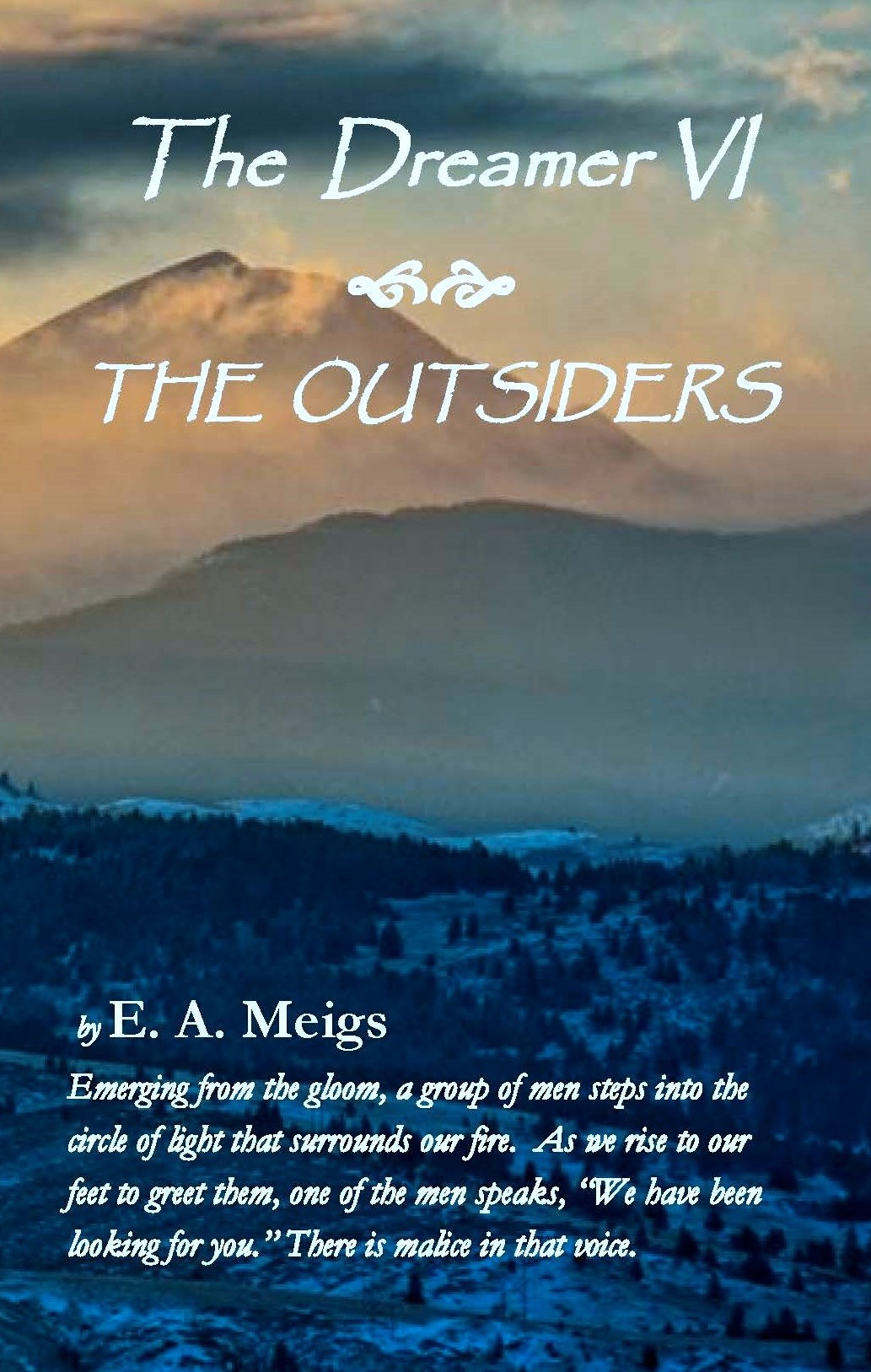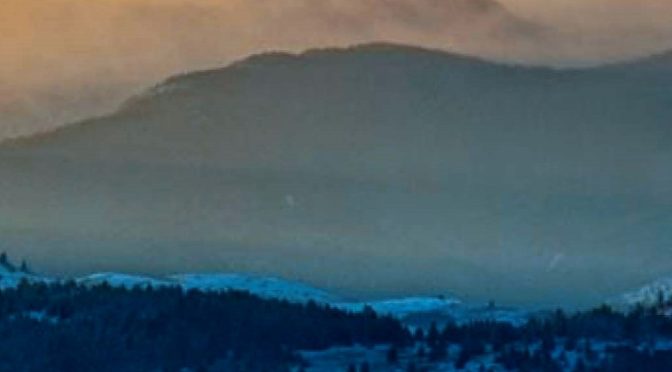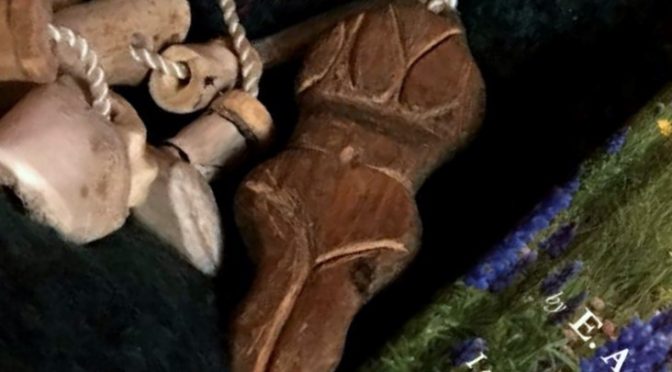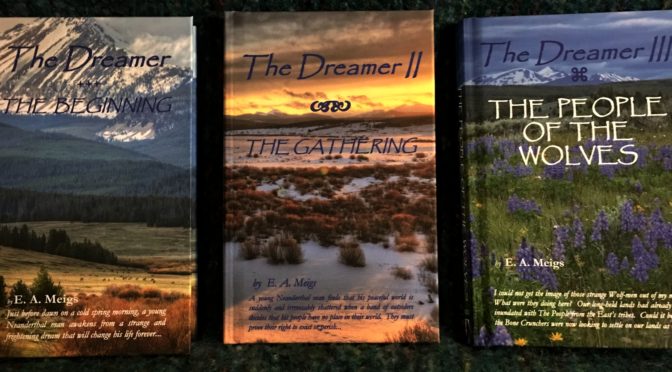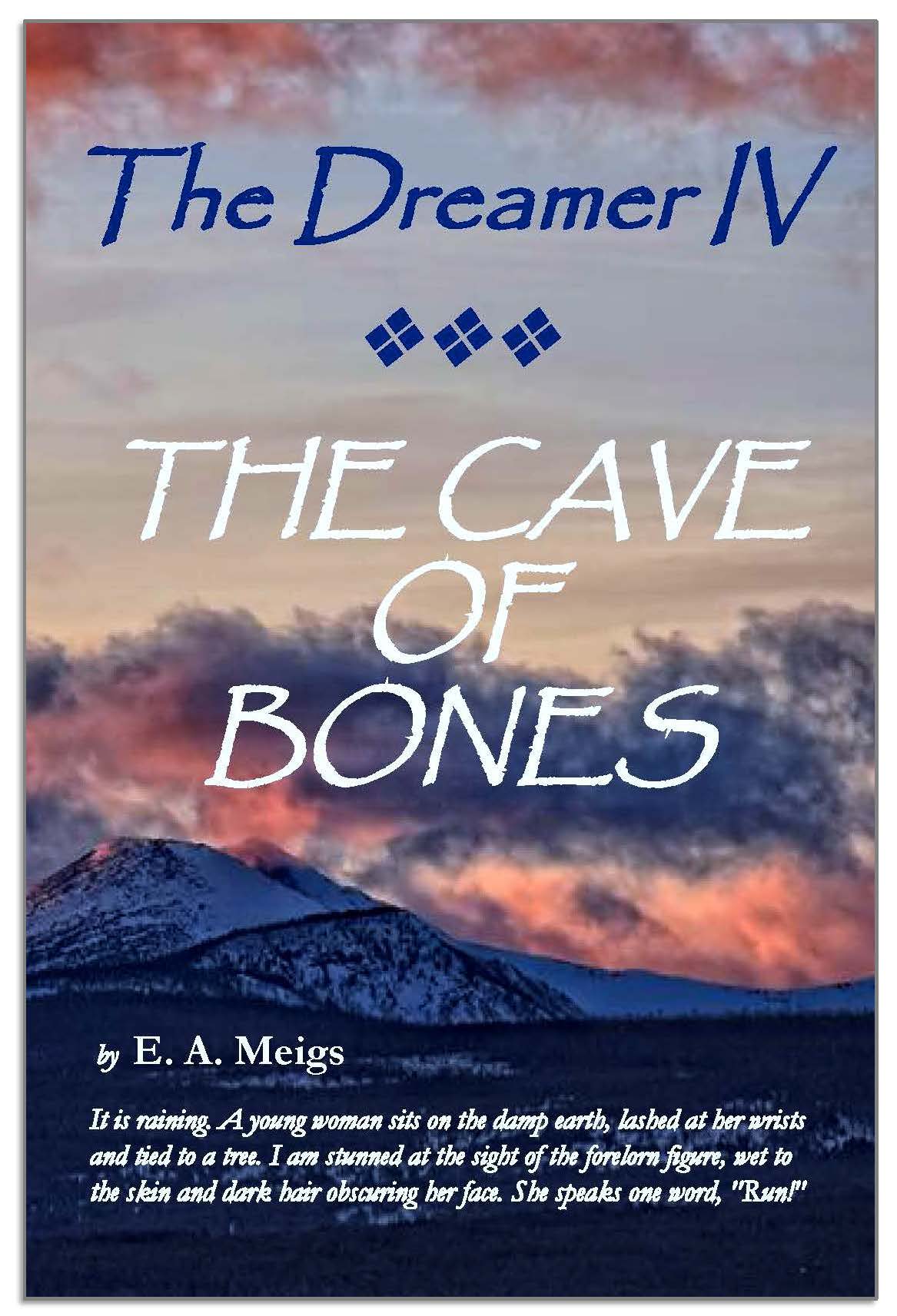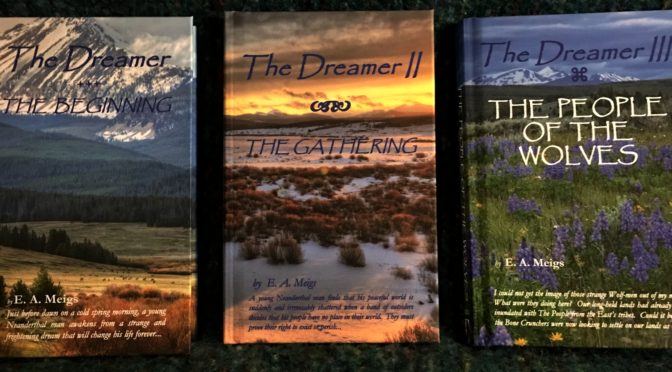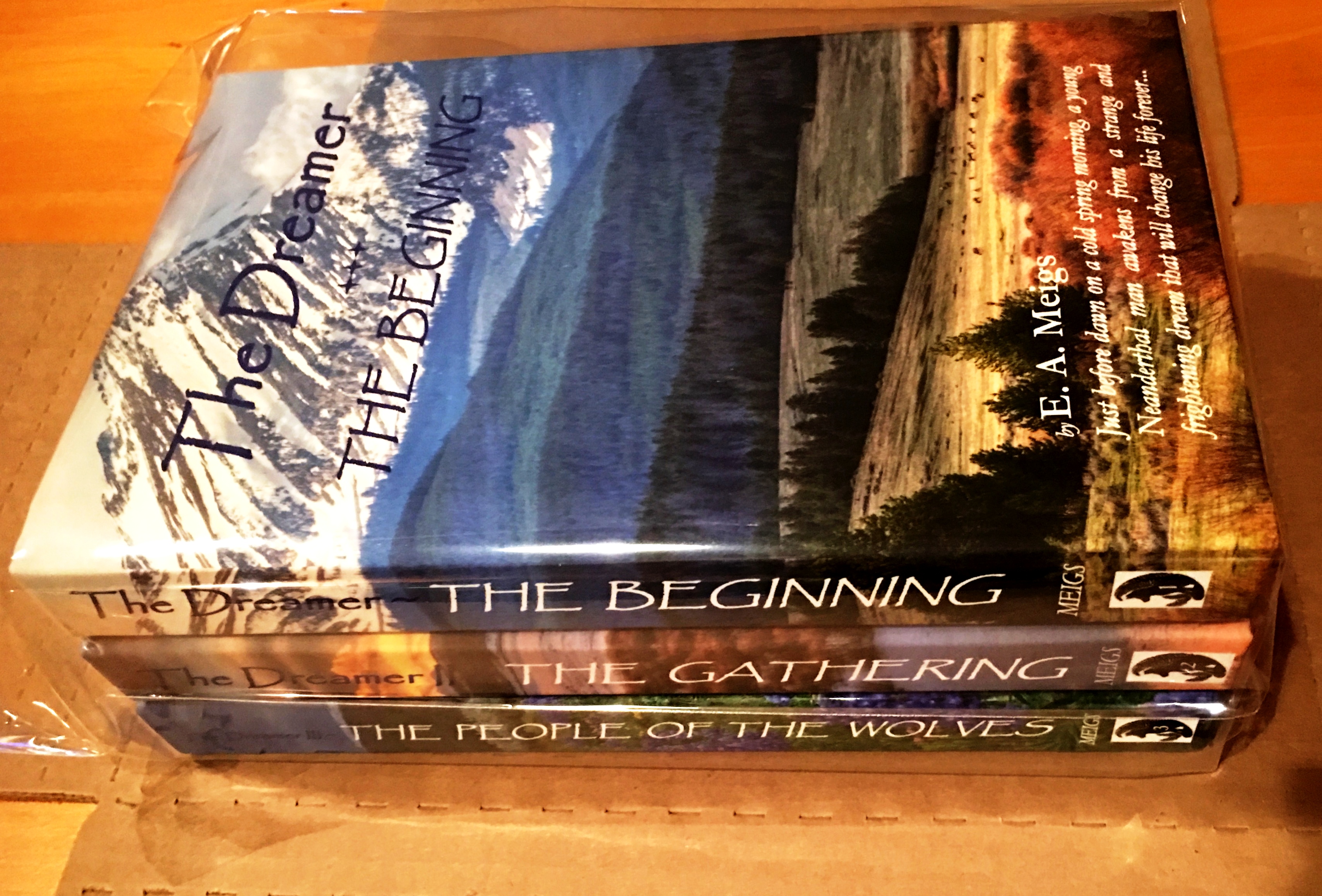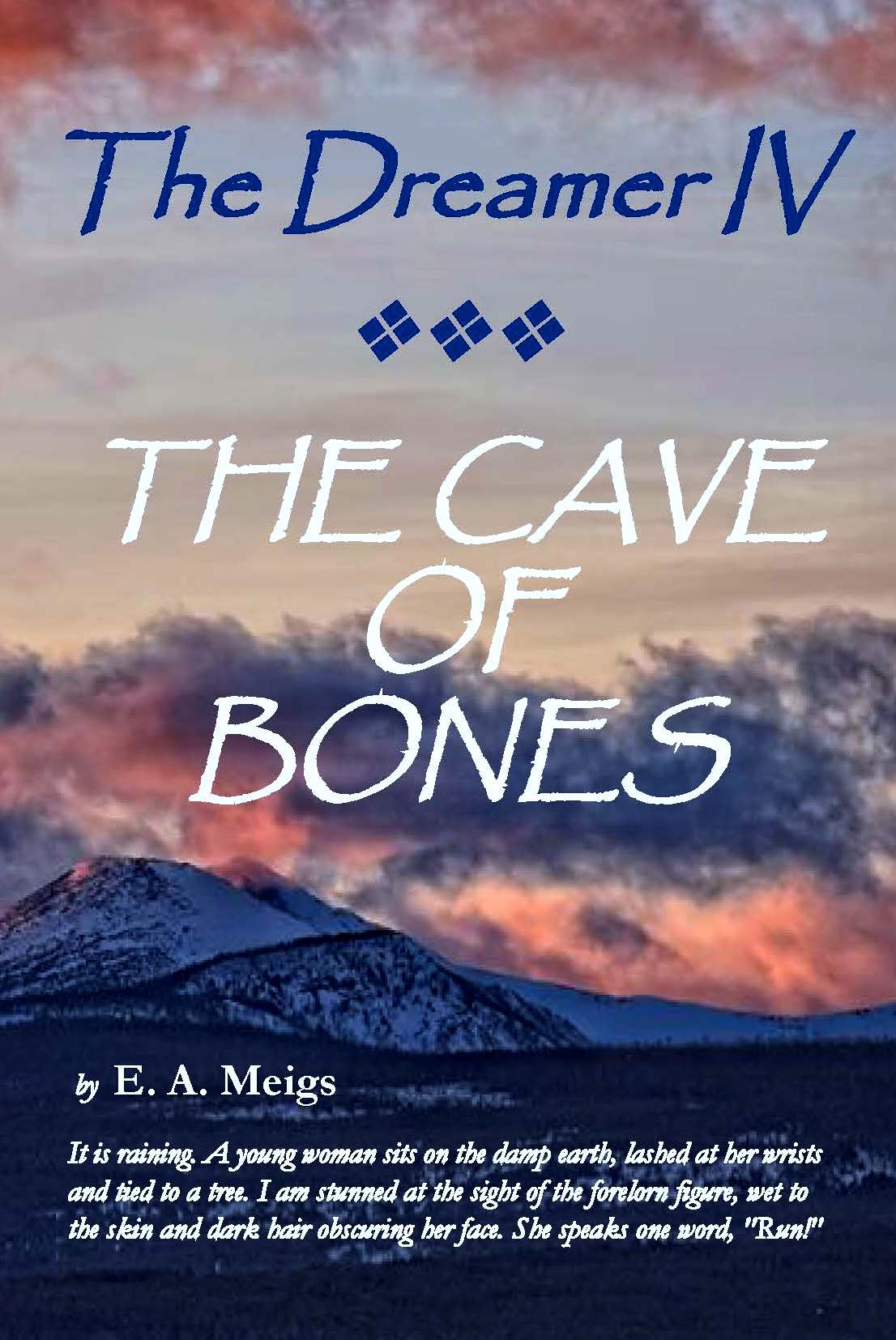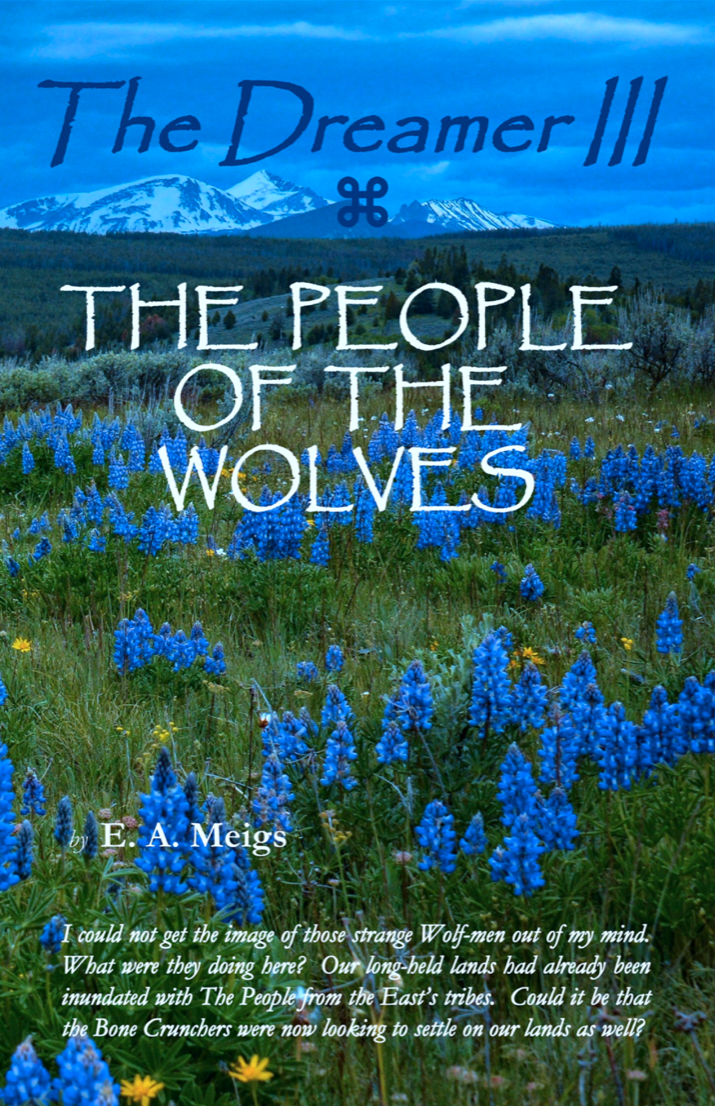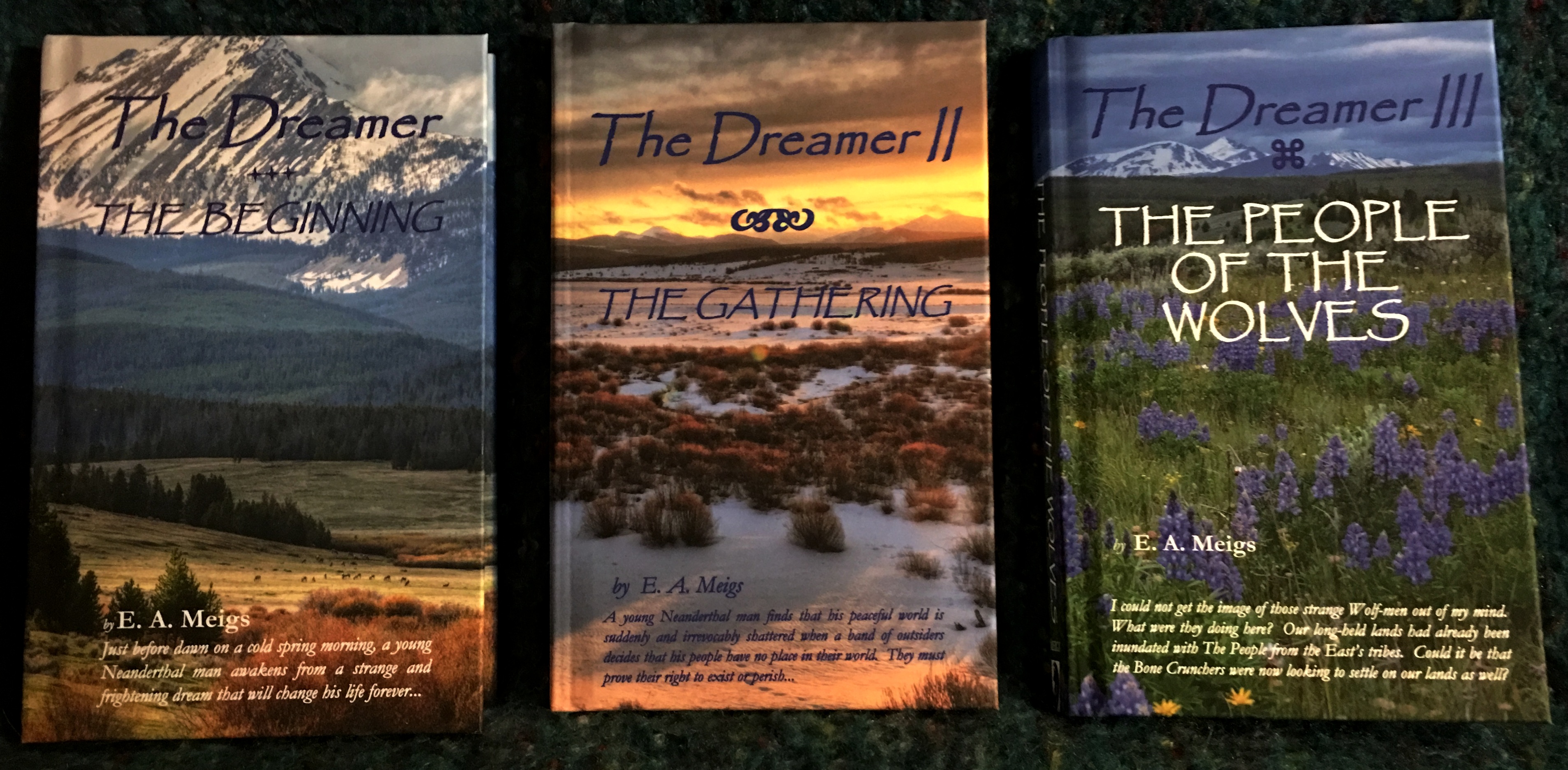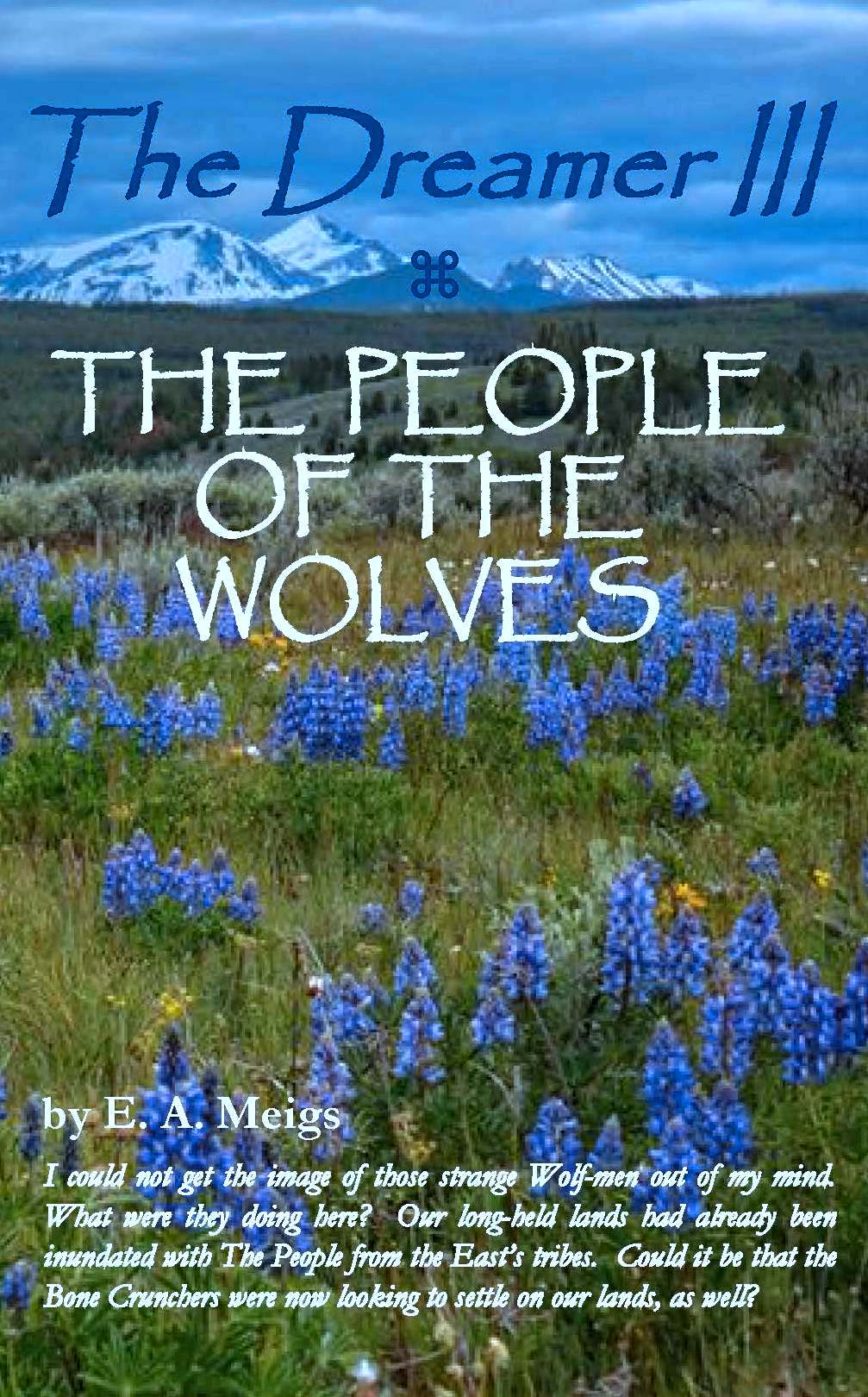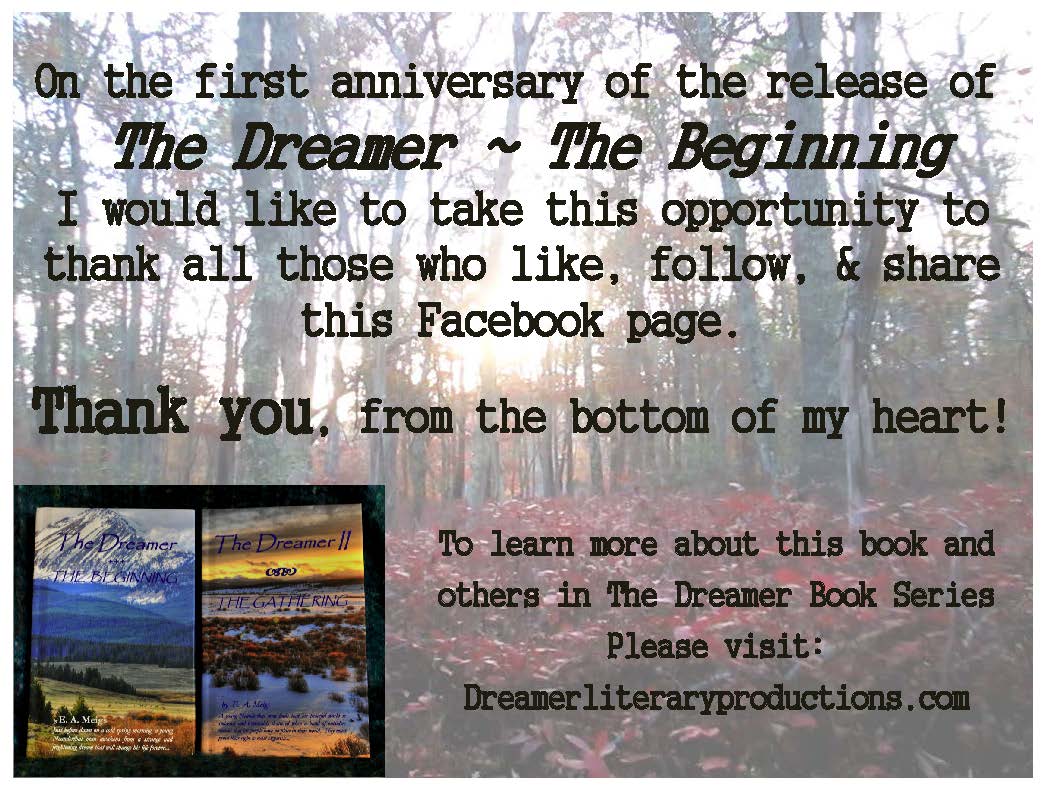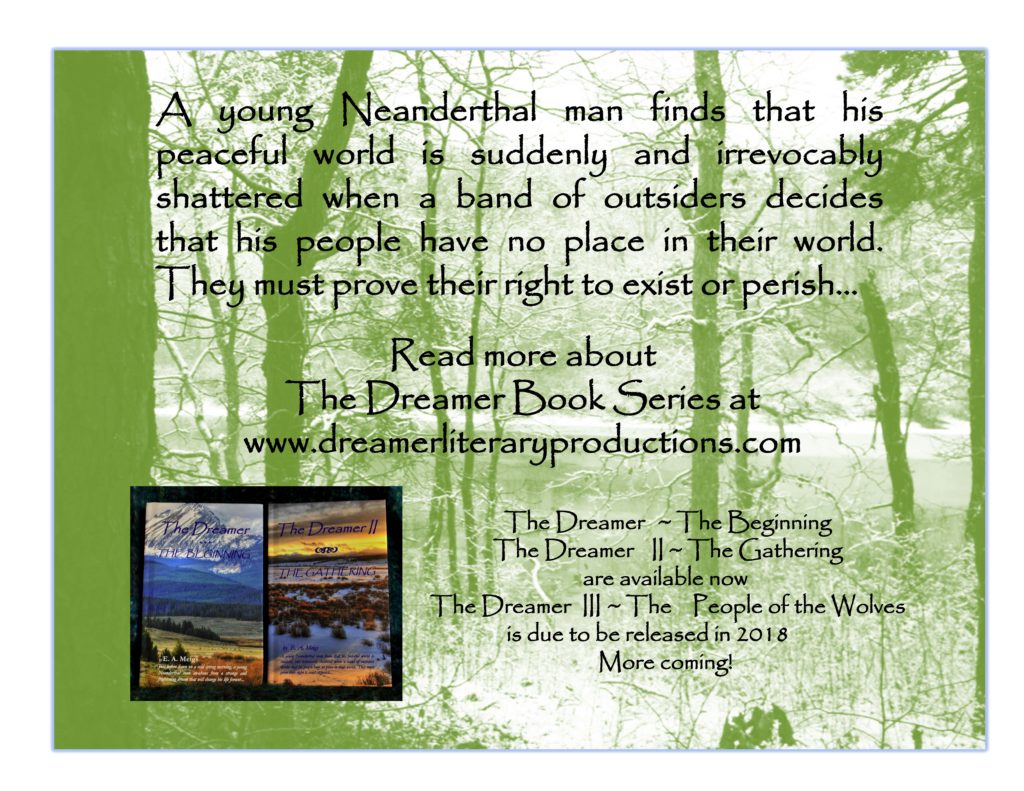
Humble Beginnings
So, you might ask, how does one start writing a historical fiction book series? Where does one gain knowledge and insight sufficient to breathe life into an ancient world, a world whose inhabitants have long-since perished? Speaking for myself, it has been a lengthy and convoluted –but never boring– journey!
The writing bug bit early. It wasn’t a dainty nibble, but rather a hearty chomp. As my childhood years flew by, I filled notebook after notebook. After landing my first job, the earnings went toward the purchase of a cheap manual typewriter. There was no gentle tippity-tappity to get a legible font; this machine required the kind of vigorous finger-strokes needed to play Rachmaninoff’s 3rd Piano Concerto. Nevertheless, I pounded out my first full-length (and very silly) 300+ page novel at the age of ten.
Discovering the World of Natural History
My working career began (outside of working with my Dad on his commercial fishing boat) at the Cape Cod Museum of Natural History. It was my great good fortune to be employed there for four years. I worked with noted naturalists such as John Hay, Robert Finch, Robert Prescott, and Donald Schall. My title was “Girl Friday“, which meant that I did whatever was needed at the moment. I swept floors, tended various resident animals on the grounds (such as a one-winged Great Horned Owl), assisted with field work, or shelved returned books in their library. I had a strong interest in science and natural history, and luckily for me, the museum staff were more than willing to share their knowledge.
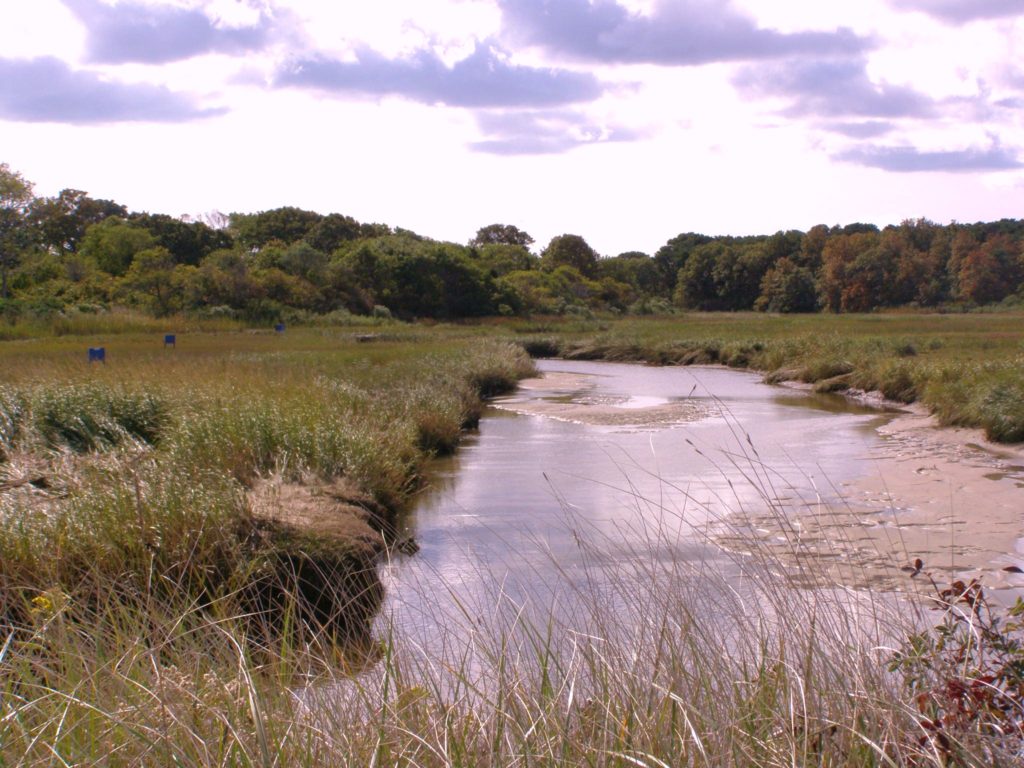
Learning More About the Outdoors
I had lots of woodlands, marshes, and beaches to explore. A little creek ran past our house and a foot bridge (um…well…a plank) gave us access to a verdant glen hidden amongst the trees. There, I would erect a tent from whatever materials I could find, in which I spent the night whenever the weather (and my parents) allowed. I use the term “tent” loosely. It was a drop-cloth strung up between trees with an old carpet underneath. It was scarcely weatherproof, and certainly not bug-proof. But that was no concern to me; all I cared was that I could stay outside. Later, I was gifted an old canvas tent that appeared to have been last used during World War II. It was a bit musty, but I was very glad to have it; it was a vast improvement over my improvised shelters.
I have always enjoyed camping. As a young adult, whenever I was in-between rentals I would just camp in the forest until my next lease started. It could be chilly at times, but thankfully, my father had brought me up to be comfortable in the woods. Living out of a backpack never posed a problem.
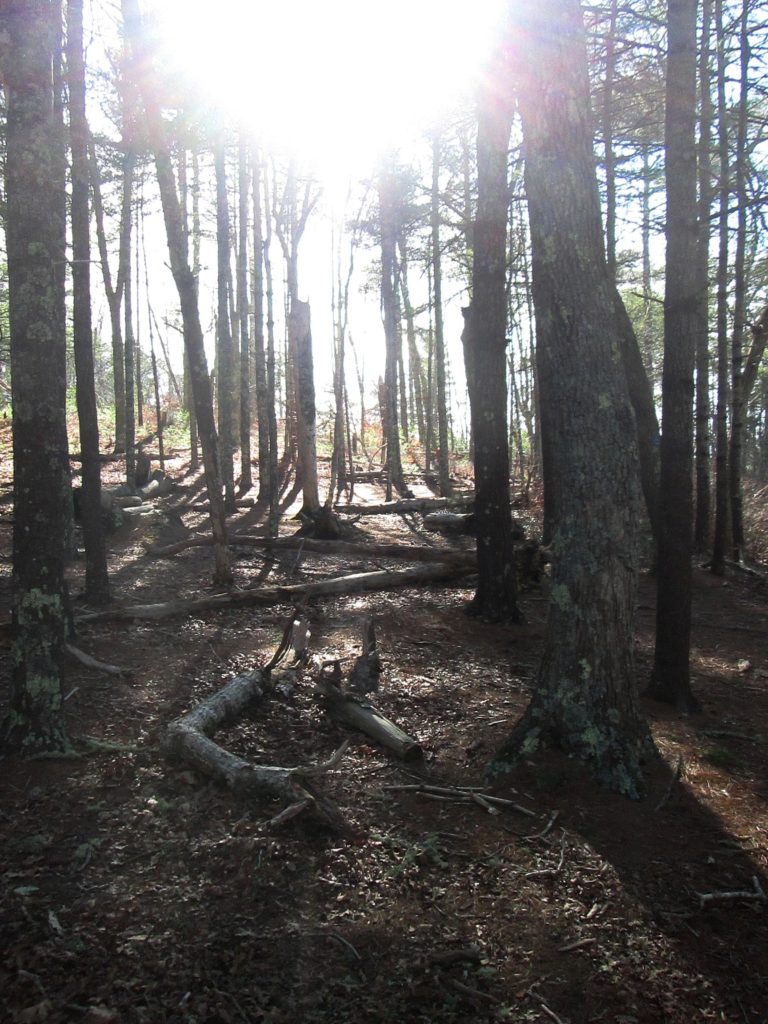
Boats, Boatyards, and Commercial Fishing
I aspired to be a naturalist, like those I knew at the Museum. But however appealing the study of nature, I didn’t think I could make a living at it. After graduation, I went on to have a nautical career. As the daughter of a commercial fisherman/backyard boatbuilder, for me, this was a obvious choice, but it sometimes presented a bit of a puzzlement to others. Feminism was in its infancy in those days, making me somewhat of a curiosity. I was often the only woman onboard, or at the work site. I didn’t try to be one of the guys or compete with them. In fact, although I was very strong for a five-foot tall female (they sometimes called me Mighty-Mite), I knew I could not match their size and strength.
I was grateful not to be asked, for example, to load a battered 55 gallon drum onto the back of a truck. My burly co-worker gamely stepped up to the drum and embraced it as a wrestler would his opponent. Following a breathless struggle, he finally placed the dented and rusted receptacle on the truck’s bed while the owner of the drum looked on, nodding with satisfaction. It was only after the task was completed when it was revealed that the drum was filled with chunks of lead. Another time, I saw one of the guys pick up two two-hundred pound mushroom moorings by the shank, and walk away with them as though they were a pair of suitcases.

Working in a Man’s World
I had already amassed more than a decade of pertinent experience when I started working in boatyards. But as low man on the totem pole, I was assigned some of the worst jobs. When they needed someone to crawl around in a tight bilge, up into a forepeak, or down a cramped lazarette, as the smallest, I was the one tapped. If you think they were giving me crappy jobs because I was female, rest assured my male contemporaries were given assignments equally as bad.
One boatyard’s sail loft was located up a very old and creaky flight of stairs, and the loft’s doorway was a mere 5 feet high and just over a foot wide. Guess who got to retrieve all the sails? While I fit through the doorway just fine, the sail bags were usually a lot larger than the door’s opening, so shoving them through was quite a process. Once I managed to accomplish this, there was nothing to stop the sail bags from tumbling down the rickety stairs, thundering and shaking the stairway as they went, looking like an enraged elephant seal charging down a steep beach.
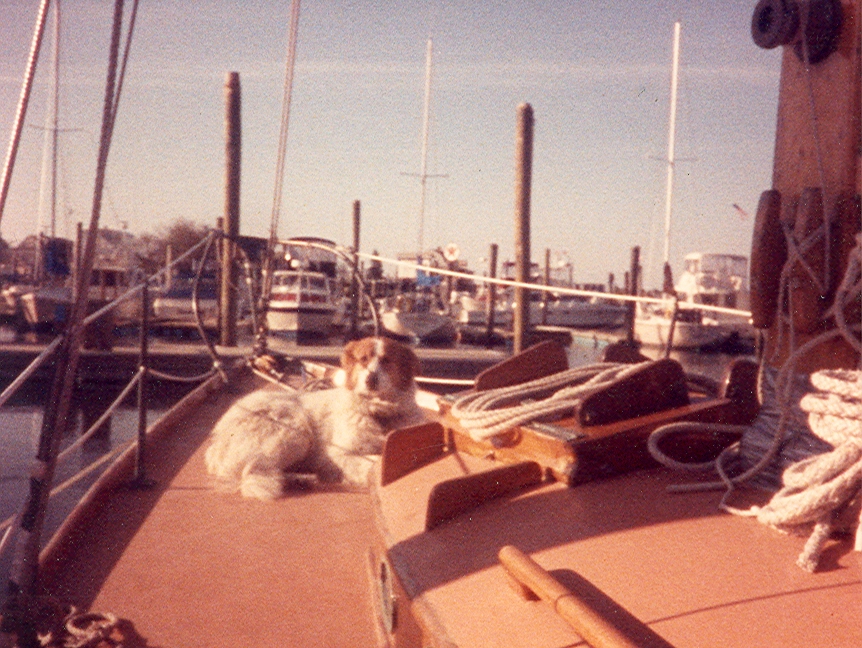
All in all, I enjoyed laboring alongside my coworkers. Over the years maybe one or two of the guys were somewhat hostile, but most were quite pleasant. People not acquainted with commercial fishermen and boatyard workers might think them a bit rough around the edges, but I generally found them to be pretty easy to get along with. They were salt of the earth folks; they may not have been “pinkies up” kind of guys, but they were funny and caring, and I considered them to be friends.
Marriage
I married while still in my early twenties and gave birth to two daughters. I was a content to be a wife and mother, and I thoroughly enjoyed my children and all the things that came with domestic life. We lived on a small homestead complete with goats, chickens, honey bees, and large gardens. After the marriage broke up, I was forced to support my household and return to the work I knew…and paid the bills. So, it was back to working on boats.
Starting a New Chapter
By the time I was nearing 40 years old, the heavy toil was taking a toll on my physique. So, I began to look for alternate means to make a living. I was excited to find a job managing a shipping department; oh joy, to be clean and warm and dry! But I soon discovered that 95% of the shipped product was cut slate – ROCKS! So much for light work! But at least the boxes of rocks were marginally lighter than the loads I routinely carried in the fishing industry. That said, I still needed to segue to a career that didn’t potentially include a hernia.
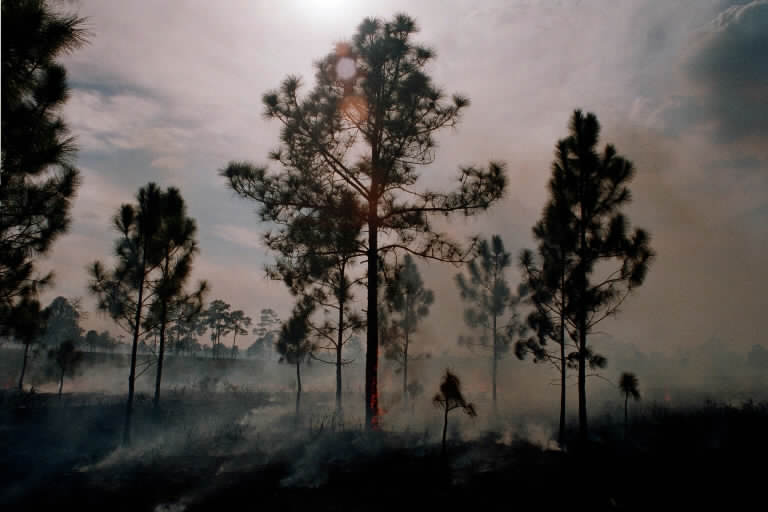
Fish & Wildlife and Forestry
As time went on, I found employment in a small field office for Fish and Wildlife. As with the staff at the Museum of Natural History, the wildlife biologists were generous with their knowledge. In addition to my usual duties logging check station data from the hunts, handling Management Area purchase orders for everything from copy paper to heavy equipment, and other mundane tasks, I also occasionally accompanied biologists on controlled burns and field work.
I spent a year as a resident employee at a State Park, as well; another wonderful experience! My dog Sam and I hiked the trails every day, often waking up the deer as we trekked along at sunrise. Most animals are not keen about people – and dogs, even less so, but I reveled in the fleeting glimpses of these creatures.

Early one morning, Sam and I spied a black furry butt sticking out of the brush up ahead. We stopped in our tracks. I said to Sam, “Well, that’s either a bear or a hog.” At that, the animal backed out of the foliage. It was still a distance away, but I could see by its ears that it was a wild hog. A large one. Hogs usually run away, but this one stood his ground. I have seen what wild hogs can do to a dog (and humans, for that matter) so Sam and I changed direction. While I enjoy seeing wildlife, I realize it is important to give them lots of space. I have no doubt there were countless times when Sam and I were in close proximity to animals we never saw, because they had the good sense to move off without giving themselves away.
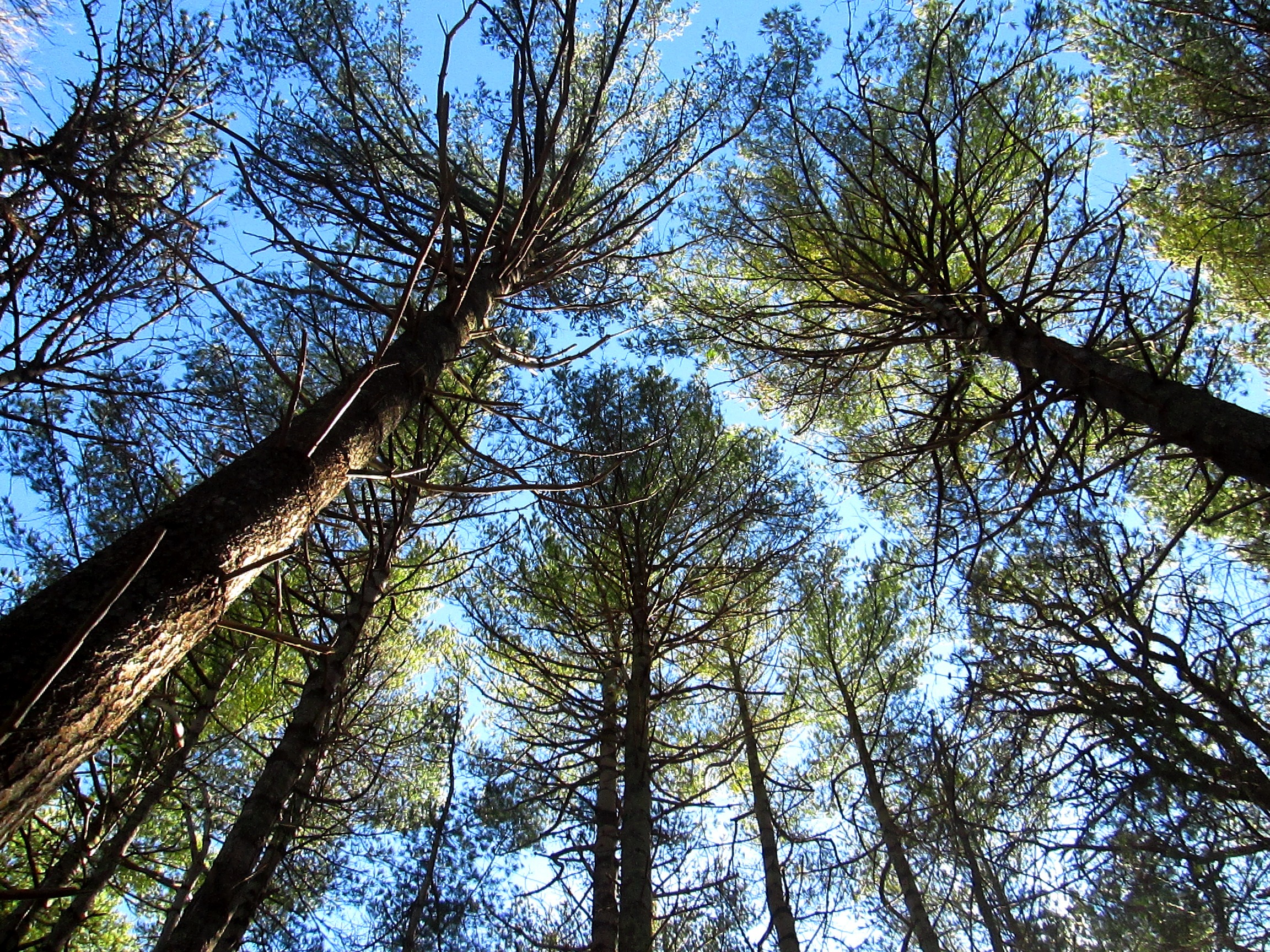
Becoming a writer.
Eventually, I found work writing and editing. Also, I put in a few years as managing editor for an academic journal. I learned a lot about the publishing business, how books are laid-out, and I was finally able to use my love of words in my profession.
It had always been my goal to find a way to combine my love of nature/writing/history, but I never planned to write a book series chronicling the adventures of a Neanderthal man.
Introduction to the Neanderthal
I hadn’t given much thought to the Neanderthal beyond having a vague notion that they were ape-like beings. However, after reading an article on Neanderthal genetics, I became interested in them as a people. As I read the physical description of a typical Neanderthal, I was surprised to learn that they were not at all what I expected. The average Neanderthal male was 5-feet-five to five-feet-six tall, and the women were five-feet to five-feet-one (hey! same as me!) they were heavy boned (same as me!), the initial DNA analysis indicated that that Neanderthal had been fair skinned, probably freckled (me, too!) and had light eyes, likely green or hazel (hmmm…also, just like me!) and red or auburn hair (again, just like me).
I later recounted this information to a friend. After a brief pause during which she looked me up and down, she said, “Was there a picture of you in that article?” No, but there may as well have been. More recent discoveries have found that they had a wider variety of hair, eye, and skin coloring, and some were in fact a bit taller, but from that time on, I must admit I felt an affinity for the Neanderthal.
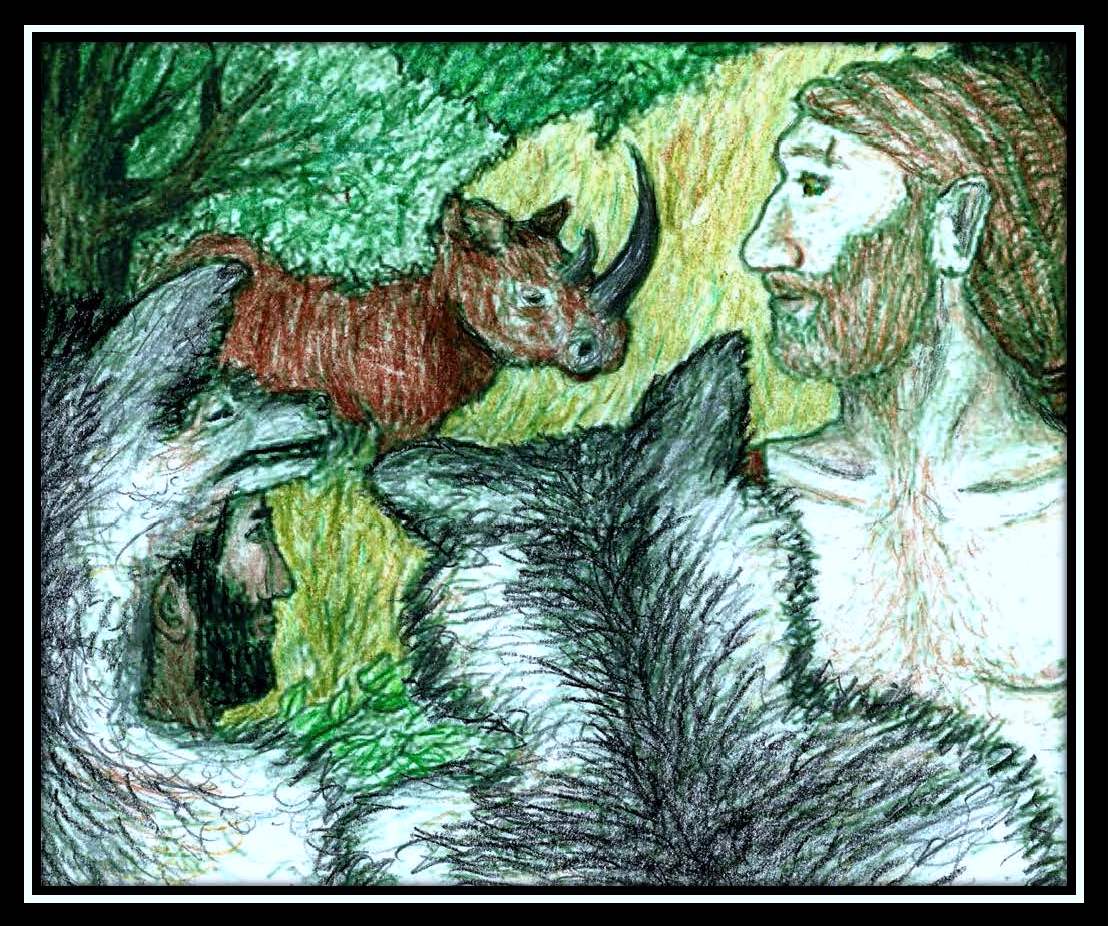
The Dreamer Book Series
Fast-forward a number of years to a February morning in 2015, when I woke up with The Dreamer in my head. Like all my novels, I had no idea where the plot came from, it just suddenly appeared out of nowhere. Initially, I didn’t know it would be a series. As the writing progressed, I soon realized the story needed to broken up into multiple volumes. So, onward I forged, pulling Tris’s story out of my brain one tap of the keyboard at a time.
Making Use of a Lifetime’s Experiences
Finally, much of the “useless” historical, zoological, anthropological, wilderness survival, etc., data gathering dust in my head can be utilized! Some of the plots take place around actual historical events and locations, so I did my best to seek out as much information as can be found on these topics. And, of course, I did general research all the time.
Additionally, every now and then I squeeze in an online University course. As ever, I remain hungry to learn more. Not only because of my burning quest for knowledge, but because I want to provide enough layers of depth and realism to make the tales seem plausible for the reader. We may never know what life was really like during the last Ice Age, but it is my hope to offer a literary portal to that perilous – and yet magnificent – juncture in time.
Just before dawn on a cold spring morning, a young Neanderthal man awakens from a strange and frightening dream that will change his life forever…

Total Page Visits: 3383 |


